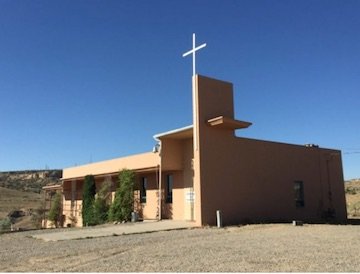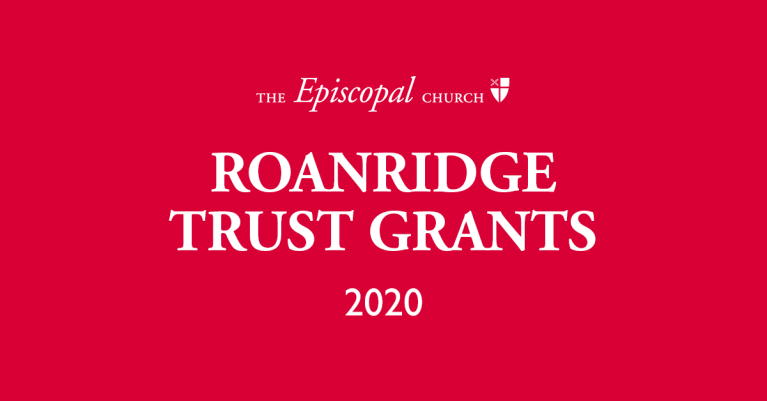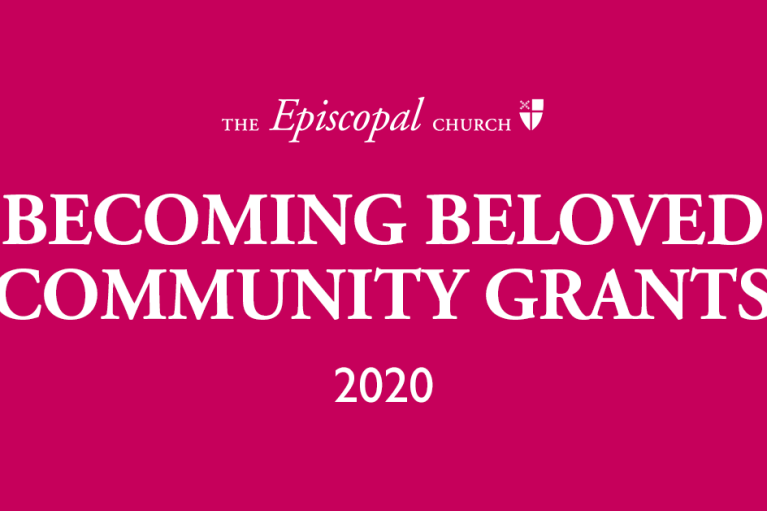Share a story
The original vision for San Juan Mission came from the Rt. Rev. Frederick B. Howden, Bishop of the Missionary District of New Mexico and Texas West of the Pecos River. He saw the need for work among the Navajo people and dedicated resources of the Missionary District to the end of establishing a mission among them. His leadership helped inspire medical work which led to the hospital being built.
We call ourselves ‘The Dine’ - The People
We call ourselves ‘The Dine’ – The People – and we are one of the largest Native American Indian tribes in the United States. We have lived in the Southwest for hundreds of years, with a culture embedded in the Divine Creator and a tradition of worship with roots deep in the earth. Our relationship with the United States government has been difficult: We were forcibly removed from our land in 1863 and, on The Long Walk, were marched hundreds of miles away. Our possessions were taken, our farmlands destroyed, and our livestock killed. Later, our children were taken from us, placed in boarding schools, and punished for speaking our language and practicing our culture. We have internalized much of this sorrow, and today, we experience high rates of addiction and suicide.
Given our geography, unemployment and under-employment are high. Despite this, we continue to serve proudly in the United States military. Many of our brothers and sisters are currently in Iraq and Afghanistan. The Navajo Code Talkers of World War II is renowned for helping to win the war in the Pacific. Additionally, Navajo military enlistment is much higher than the national average.
The Episcopal Church began a medical mission in Ft. Defiance, Arizona in 1894, Farmington, NM in 1922, and Bluff UT in 1942. All real Missions started out as a Medical Mission. In 1978, The Episcopal Church founded the Area Mission on the 27,000 square miles in Arizona, New Mexico, and Utah, which are contiguous with the Navajo Nation. Until recently, our buildings were falling into disrepair and leadership and vision came from non-native clergy.
Today, there is a new spirit and new energy in our land! We have re-opened some churches and planted new ones. We have ordained four Navajo priests and three deacons. We have reached out to the many Navajo military veterans. We have repaired beautiful but aging buildings for rental income and program use. We are expanding retreat opportunities and building Hogans for educational AND ceremonial purposes. As time passes, the world is looking to indigenous peoples and communities to learn and engage in our history and traditions.
Worship times
Ministries
Blue Corn Project and Bee and Honey Project
We, in the Episcopal Church in Navajoland, have developed projects to protect Mother Earth and help put us on the road to self-sufficiency: The Blue Corn Project, the Bee and Honey Project, and Shima’ of Navajoland hand-crafted soaps. True to our culture, corn is important and sacred, we use corn in ceremony and is a staple food item. Along with our nourishing corn, herbs and roots collected all around Navajoland are made into various healing soaps made in our kitchens and packaged by our people. In the first months of receiving bees and hives, we were able to produce 100 pounds of honey and in the process pollinate our blue corn, squash, and other plants.
We have adapted to recycling and abolishing the use of Styrofoam and compost all things we can.
Cheii’s Web Development Shop,
We continue in the teachings and learning of our culture; we also need to adapt to technology. By creating the Cheii’s Web Development Shop, we aim to bring web development training to our Navajo people so that we have the skill set so needed in Navajoland. These efforts derive from our visioning together as we work to achieve our potential. Ultimately, these new beginnings will lead to a fully indigenous clergy, economic sustainability, and a deeper appreciation of the unique gifts we bring to the wider church.
The Hogan Project
The Hogan Project
Rebuilding the spiritual and physical homes. A Spiritual Place: Navajo spirituality recognized a sacred web of life which encompasses all living things. Navajo ceremonies are designed to restore this harmony with all of creation to those who are ill or hurting in any way. These ceremonies take place in hogans. A Place to Call Home: The Hogan is also the traditional Navajo home. Its shape reflects the universe. The one door opens to the East, to greet the dawn. All inside activities move in a clockwise fashion, following the sun’s path. The domed roof is the sky, the floor is the earth, and the smoke hole is a window to the North Star. Literally translated, Hogan means “place home” and the Navajo take their identity from it. The Project: Through harsh weather, neglect, and decaying materials, many of the hogans on the Reservation have fallen into ruin. The Episcopal Church in Navajoland has begun a campaign to build new hogans, for ceremonial, educational, and spiritual purposes. There will be two hogans in each state the Reservation touches: Arizona, New Mexico, and Utah. A hogan is built of wood, usually cedar or ponderosa or pinion pine. Today, there is often a steel infrastructure, providing resistance to the strenuous winds which sweep through the Reservation. Today’s hogans are often built on a concrete slab for durability. The Financials: The cost of a hogan varies greatly depending on its location. Proximity to electricity and water, availability of materials and labor, and accessibility for the delivery of them are some of the factors which contribute to the variable cost. Thus, we estimate that each 800 square foot hogan will cost approximately $40,000 to construct. The Follow-up: As the hogans are funded, watch the building progress on our website. We’ll have pictures and updates that show you how your generosity empowers as it preserves the beauty of Navajo culture.
News about San Juan/New Mexico Region
Share a story
2020 Roanridge Trust Grant Recipient - Creating Sa' a naghái bik'e hózhó
Creating Sa' a naghái bik'e hózhó: $19,540
Navajoland Area Mission
1257 Mission Ave
Farmington, NM 87499
United States




